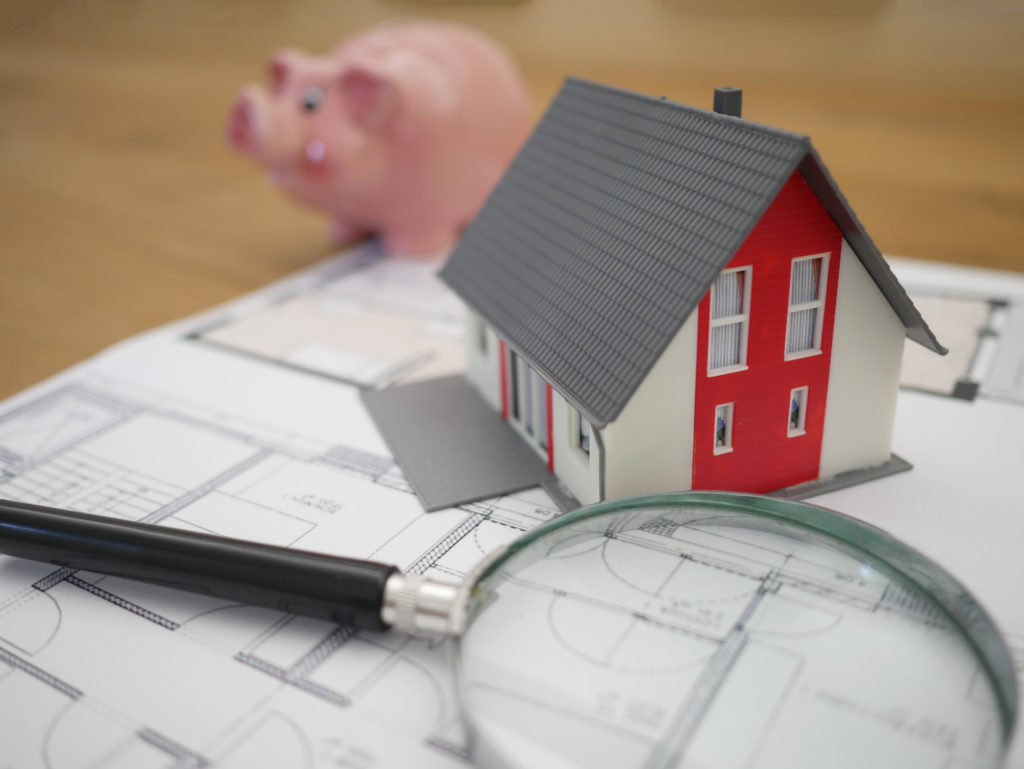Convinced your credit history is sure to dash your home-buying dreams? Good news: You still can buy a house if you have bad credit. From low credit score mortgages to cash options to down payment strategies, realtor.com explains five ways to buy a home with bad credit.
1. Check your credit report long before meeting with your mortgage lender
Your credit score is based on the information that appears on your credit report, and you’re entitled to a free copy of your credit report from each of the three major credit bureaus (Equifax, Experian, and TransUnion) at AnnualCreditReport.com.
Credit scores—also called FICO scores—range from 300 to 850. A good credit score ranges from 700 to 749, and if you dip below that, lenders will begin to question whether you’re a risky investment as a potential borrower.
If your credit score is 750 or higher, you’re in the top tier and positioned for the best interest rates and the most attractive loan terms for home buying. If your credit score is in the low range, you might have trouble qualifying for a home loan.
2. Check for errors
After checking your credit report and finding out that your credit rating is subpar, determine if you are to blame for all of those blemishes on your report. Creditors sometimes make mistakes when reporting consumer slip-ups. In fact, one in four Americans finds errors on credit reports, according to a 2013 Federal Trade Commission survey. So, make sure to scour your credit report for slip-ups that aren’t yours. From there, you’ll need to contact the organizations that provided the erroneous info (a bank or medical provider, for example) and have them update it.
Once that’s done, your credit score will rise accordingly on your credit report. As for any mistakes that are your fault? If they’re one-time mistakes, it never hurts to call and ask if they can be removed from your record. The only fix for major mistakes, however, is time. You can improve your credit score by making payments by the due date, and you will gradually see your credit score rise. Note: You still will have to prove to your lender that you will be able to make mortgage payments on time, all while saving for a down payment.
3. Pay up for a home loan for bad credit
Depending on your credit score, you could qualify for low credit score mortgage options. But you should expect to pay a higher interest rate. Getting a mortgage with a higher rate means you’ll pay your lender more money in interest over time, of course, but it at least enables you to buy a home. With interest rates still historically low, it could make sense to buy now and take the higher rate.
4. Get a low credit score home loan
A Federal Housing Administration—or FHA—loan is one option for prospective home buyers with poor credit, as the FHA typically offers these mortgages for less-than-perfect credit scores and first-time home buyers. The FHA requires a minimum 580 credit score and other requirements to qualify, but FHA loans also enable you to make a down payment as low as 3.5 percent.
The drawback? Because the federal government insures these low credit score home loans, you’ll pay a mortgage insurance premium, which is currently assessed at 1.75 percent of the base FHA loan amount. Depending on your actual credit score, however, certain conventional loans still might be available to home buyers with low credit, and these loans may require a slightly smaller down payment than the FHA loan minimum. Be sure to do your homework when exploring the FHA option.
5. Increase your down payment
If you have poor credit but have saved a lot of cash, your mortgage lender might be willing to approve you for a home loan if you make a larger down payment.
By increasing your down payment to 25 percent or 30 percent on a conventional loan—instead of the standard 20 percent—you’ll strengthen your mortgage application and make yourself far more attractive to your lender. Remember, though, that your bad credit score still can negatively affect your mortgage loan’s interest rate.



